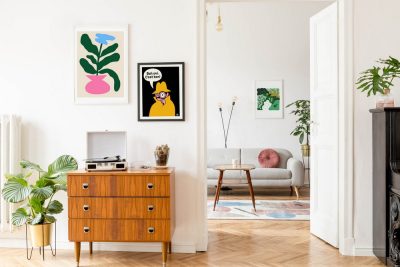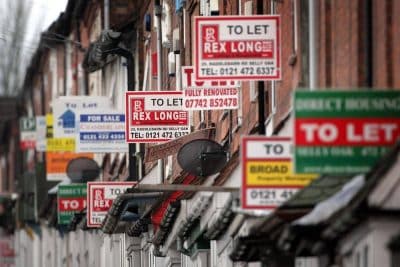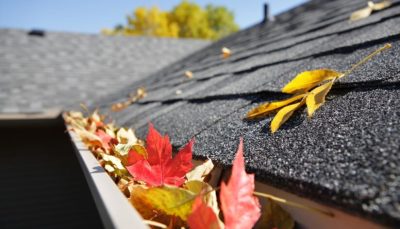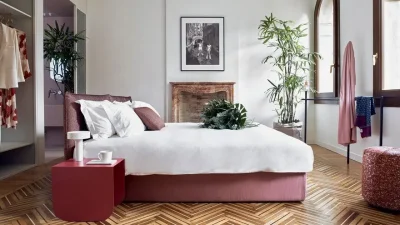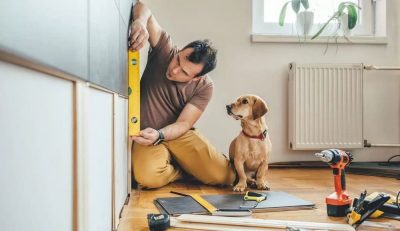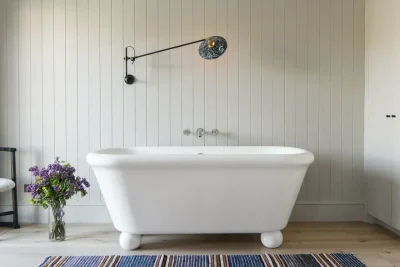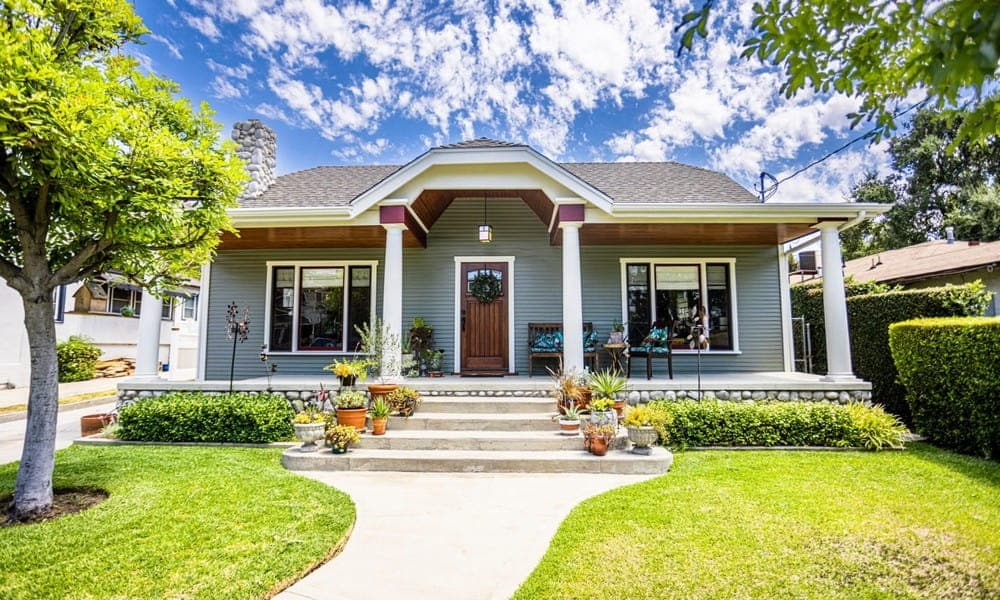
When it comes time to put your home on the market, you’re often at the mercy of factors you can’t control—your neighborhood’s desirability, recent comparable sales, or even just the whims of the broader market cycle. Yet there’s one lever you can pull to meaningfully boost your resale price: unique, well-executed home design. By investing strategically in both curb appeal and interior features that stand out, you can not only attract more buyers but also command a higher premium on your sale.
Why Design Drives Dollars
Automated valuation models and many appraisals still lean heavily on square footage, location, and comparable sales. But homebuyers today expect more than four walls and a roof—they want spaces that feel fresh, functional, and memorable. According to the 2024 report from National Association of Realtors (NAR), properties showcasing distinctive design elements sell for 12% more on average, while luxury homes with bespoke features see as much as a 19% uplift in final sale price. That can translate to tens or even hundreds of thousands of extra dollars in your pocket, often far exceeding the initial design investment.
1. Elevate Your Curb Appeal
Your home’s exterior is its first—and sometimes only—chance to make an impression. A striking façade signals quality and care, enticing buyers to explore further. Consider these high-impact tweaks:
- Trend-Right Cladding & Color: Swap outdated vinyl siding for textured fiber cement, natural wood panels, or contemporary stucco. Choose a modern palette—soft grays, deep charcoals, or off-white—complemented by contrasting trim.
- Landscape as Living Décor: A manicured front yard with defined walkways, elevated planters, and well-placed lighting transforms an ordinary lawn into an inviting outdoor room.
- Functional Outdoor Spaces: Add a modest patio, pergola, or built-in seating for instant “wow.” Even a $5,000 hardscape upgrade can yield a 200%+ return by positioning your home as turn-key ready for entertaining.
2. Modernize the Interior
Inside, buyers crave layouts that flow and features that speak to contemporary lifestyles. You don’t need to gut the place—focus on targeted enhancements:
- Open-Plan Living: Remove non-structural walls to create bright, connected spaces. Kitchens that flow into dining and living areas feel larger and more social.
- Smart Home Fundamentals: Pre-wire for intelligent lighting, climate control, and security. The convenience and perceived luxury of smart switches, thermostats, and door locks resonate with tech-savvy buyers.
- Signature Fixtures & Materials: Introduce one or two standout elements—a floating staircase with metal balustrades, custom cabinetry with integrated lighting, or a sculptural stone accent wall. These features become memorable talking points without overwhelming the neutral canvas.
3. Calculating Your Return
Let’s run the numbers. On a $400,000 home, a 12% design premium equates to $48,000. Invest $10,000 in exterior and interior upgrades, and you net an extra $38,000 on the sale. At the luxury end, a $1.2 million property seeing a 19% boost gains $228,000, making even a $50,000 design budget look modest by comparison.
Getting Started: A Three-Step Plan
- Conduct a Design Audit
Walk your property with fresh eyes—or better yet, hire a design consultant—to identify quick-win opportunities both outside and in. - Prioritize High-Impact, Low-Cost Upgrades
Focus first on curb improvements and small interior tweaks (lighting, paint, hardware) that deliver outsized appeal. - Scale Strategically
Once budget allows, layer in signature elements—unique millwork, statement lighting, eco-friendly materials—to lock in that premium.
Conclusion
You can’t rewrite your postal code or inflate your square footage overnight, but you can shape how buyers perceive your home—both emotionally and financially. By aligning unique design with broad market tastes, you not only accelerate the sales process but also unlock hidden equity. Whether you’re planning a quick refresh or deeper renovation, thoughtful design is the smartest investment in your home’s future value.

